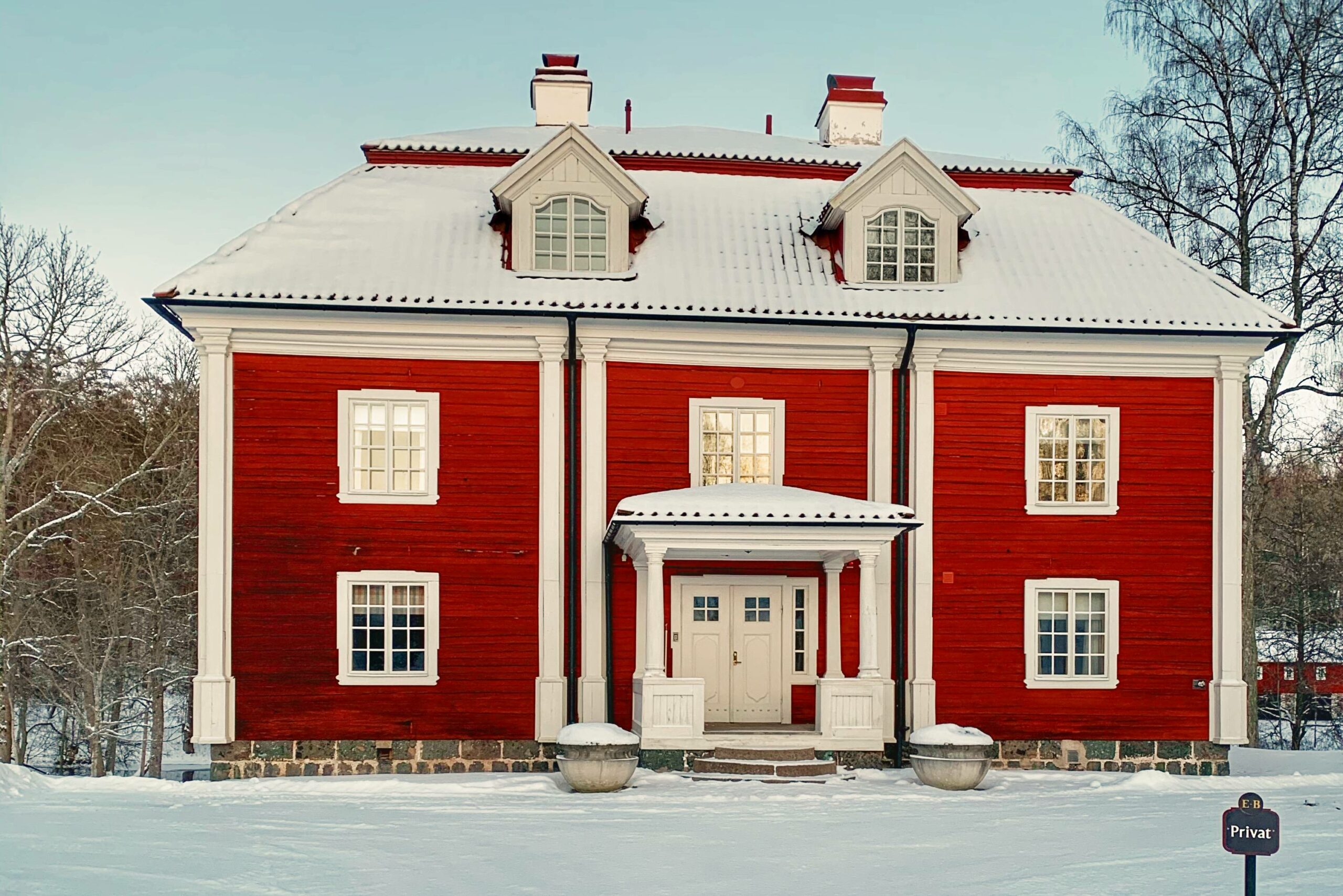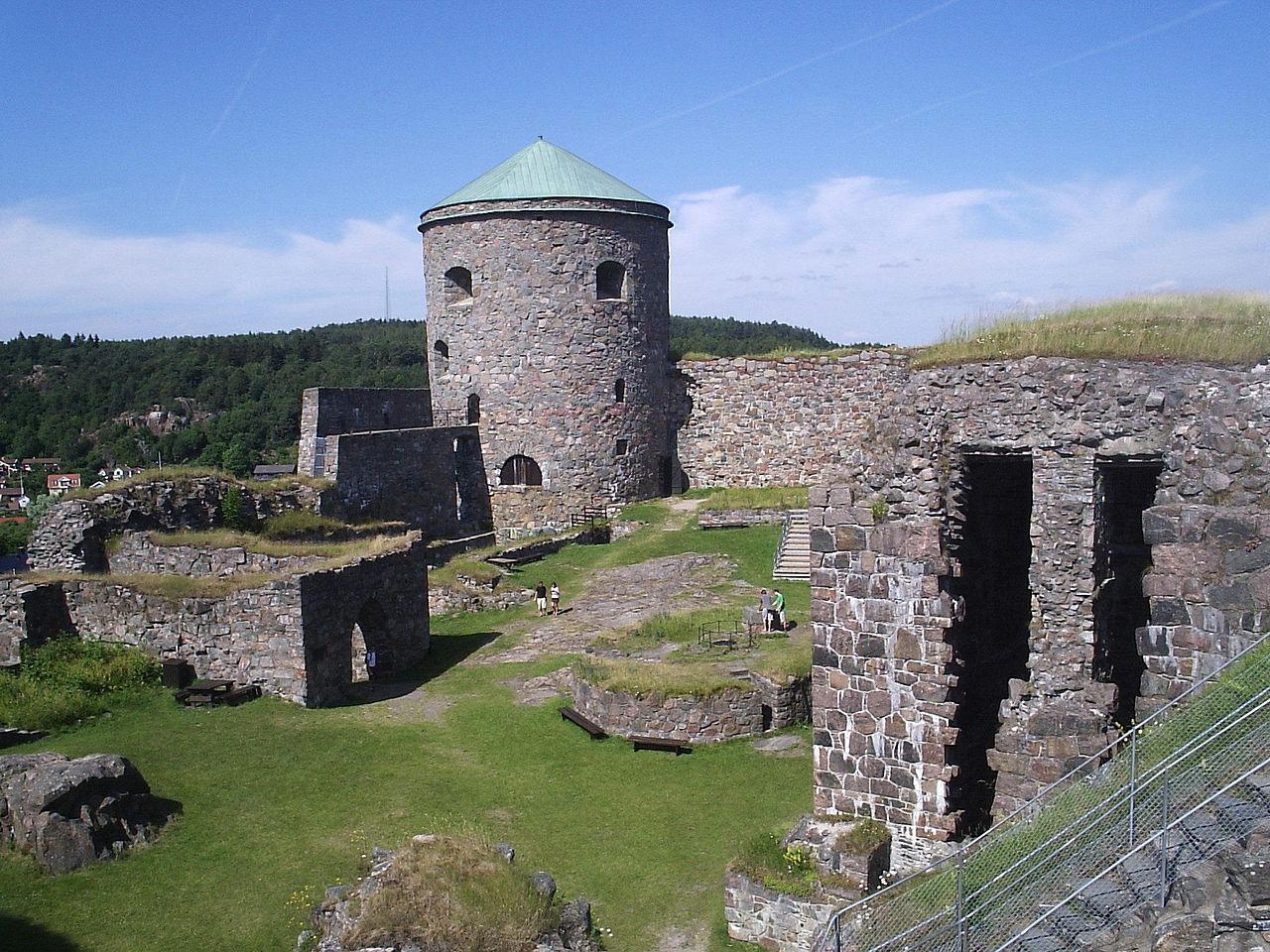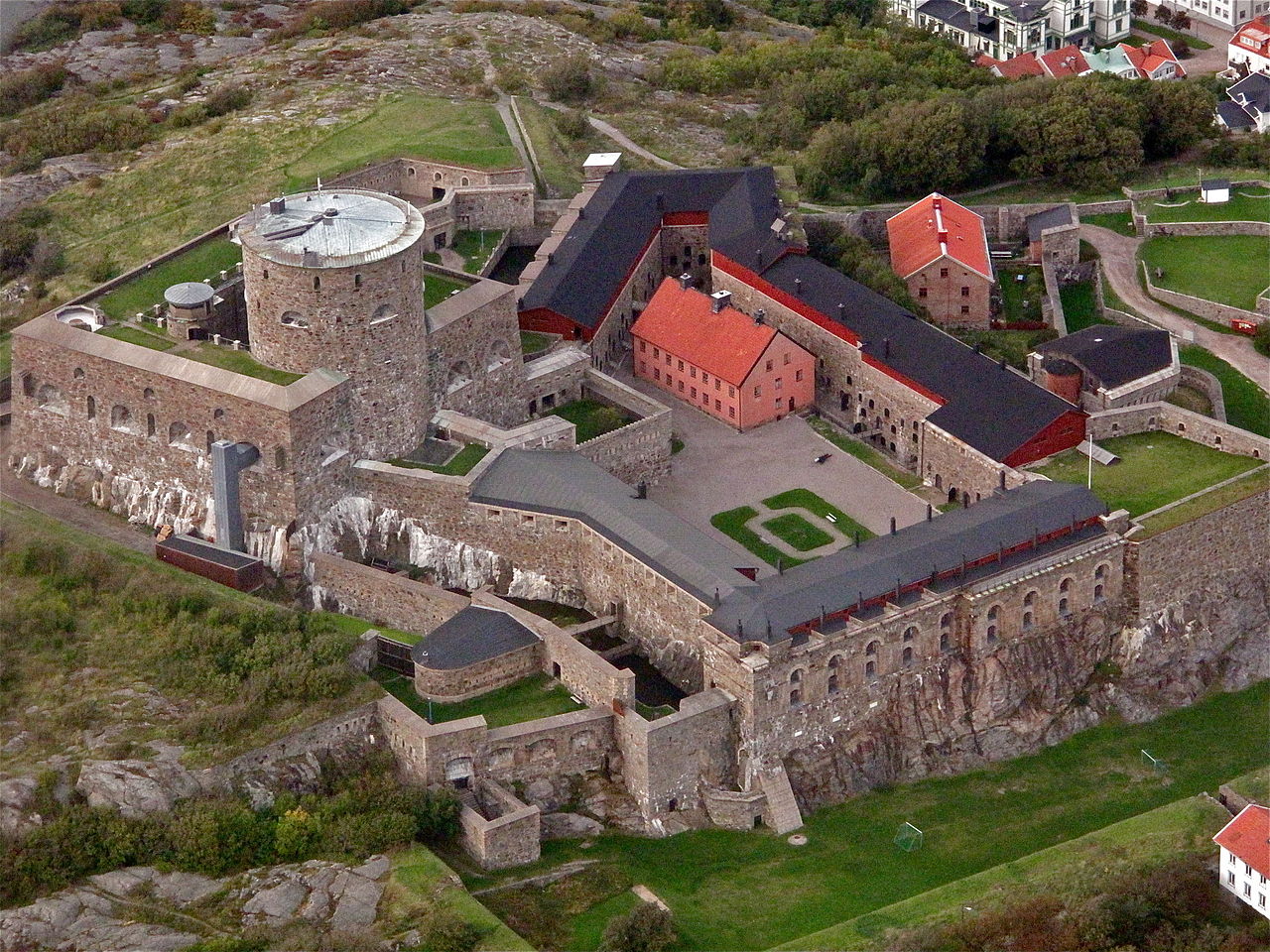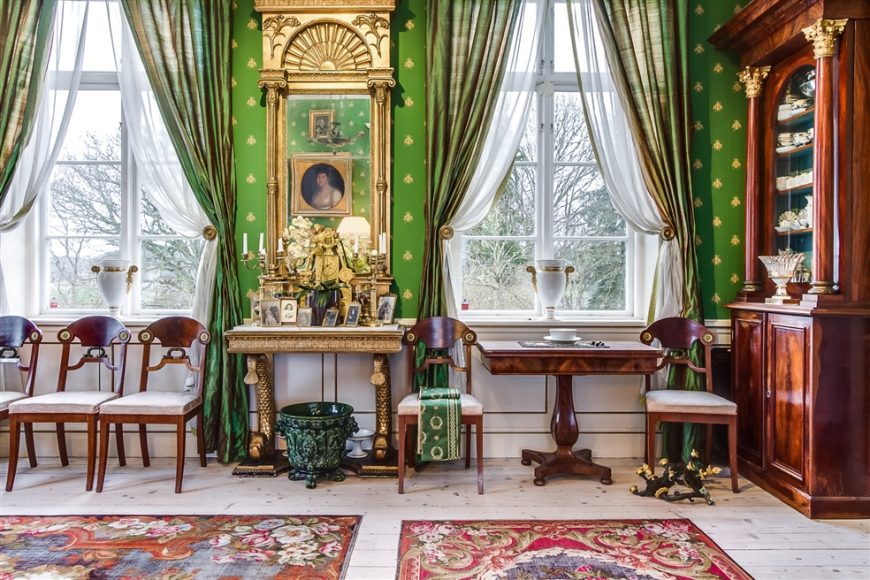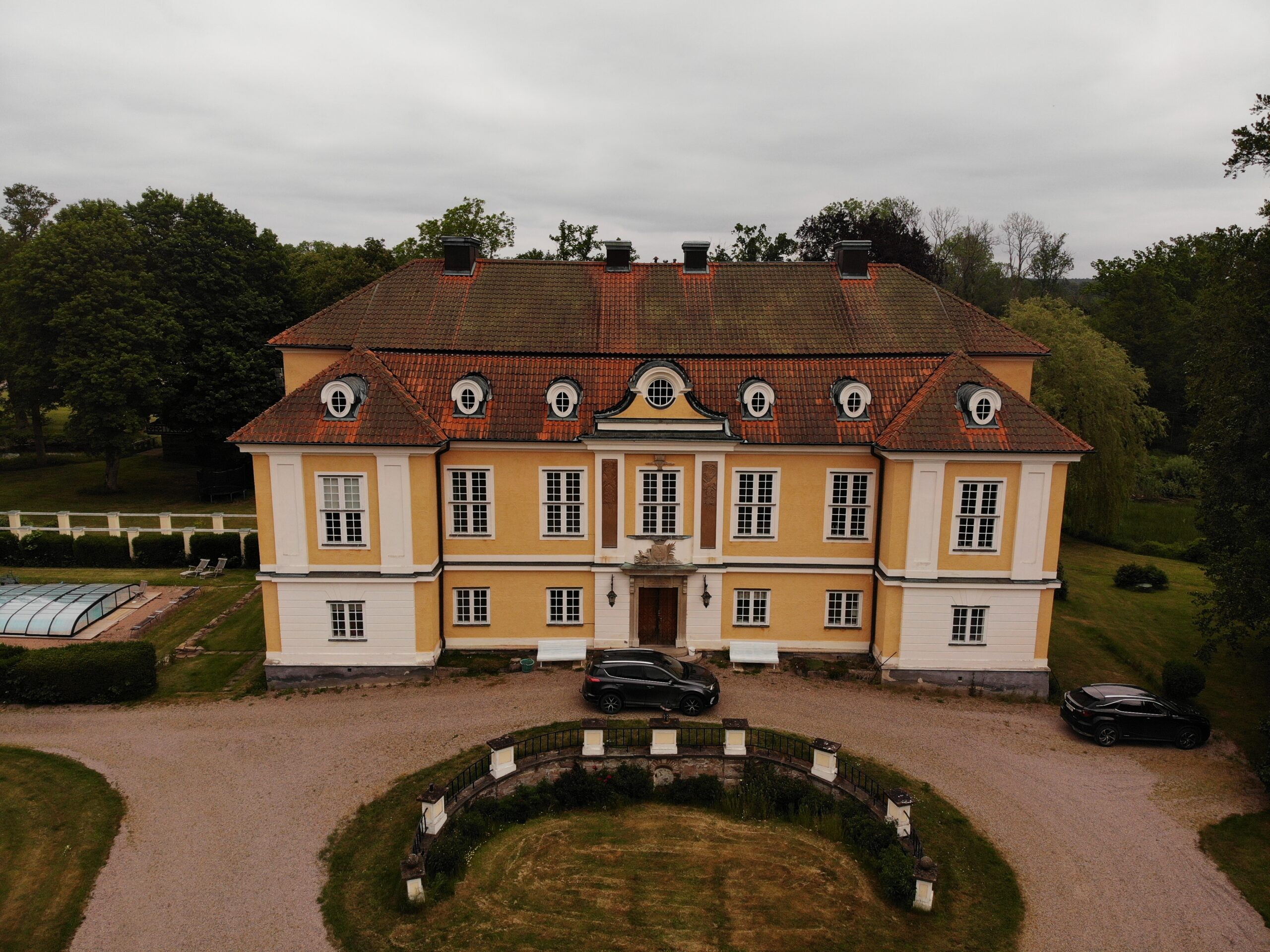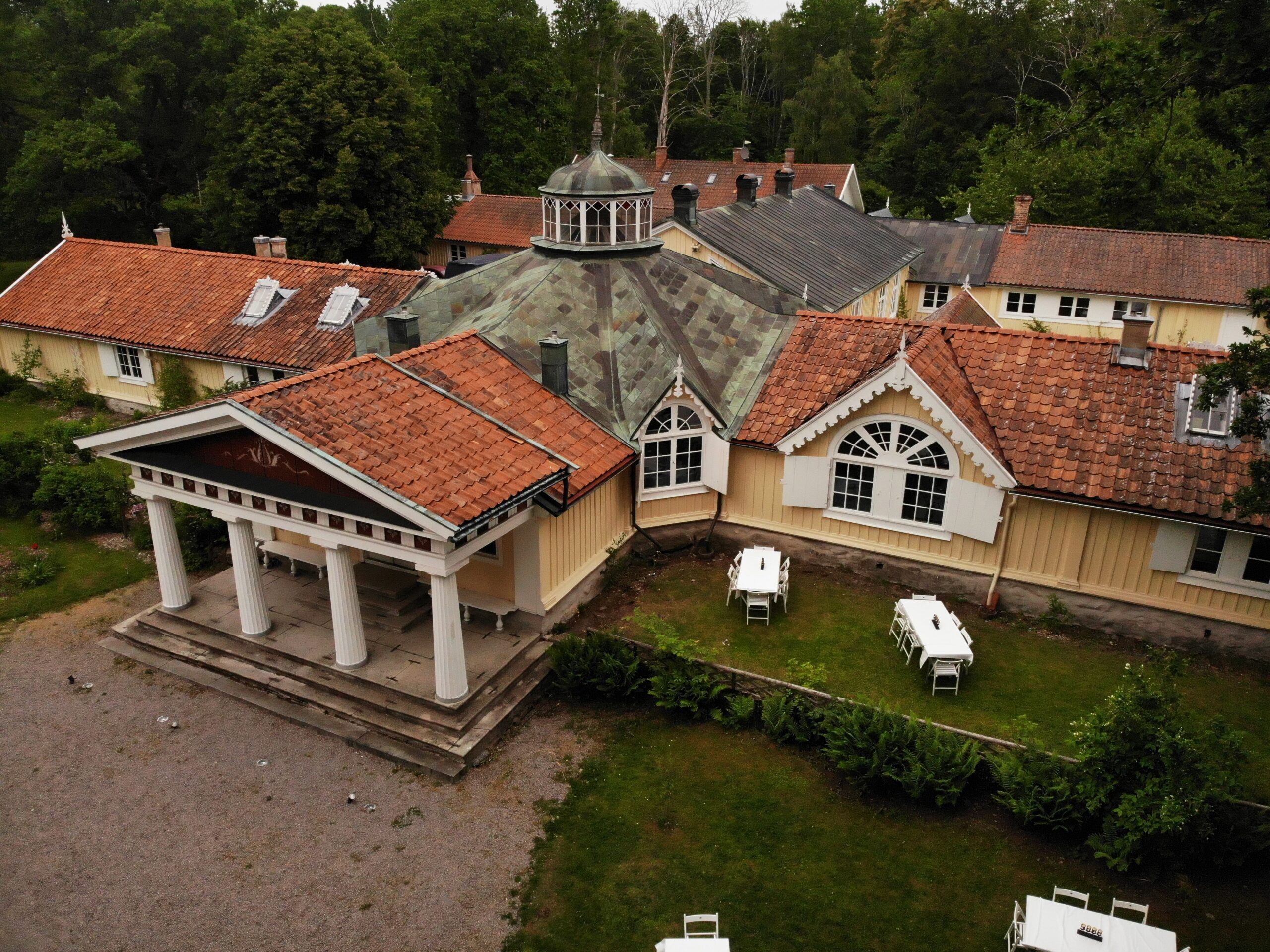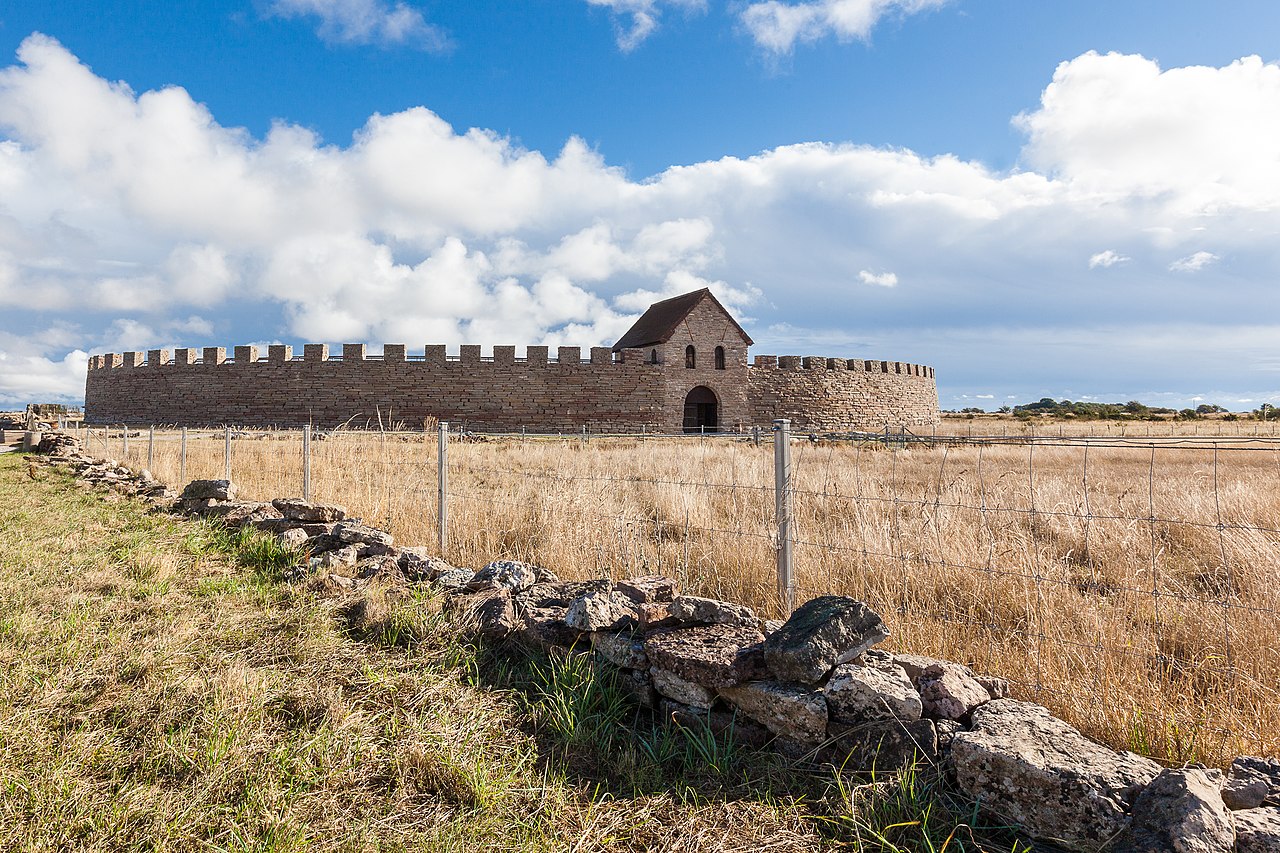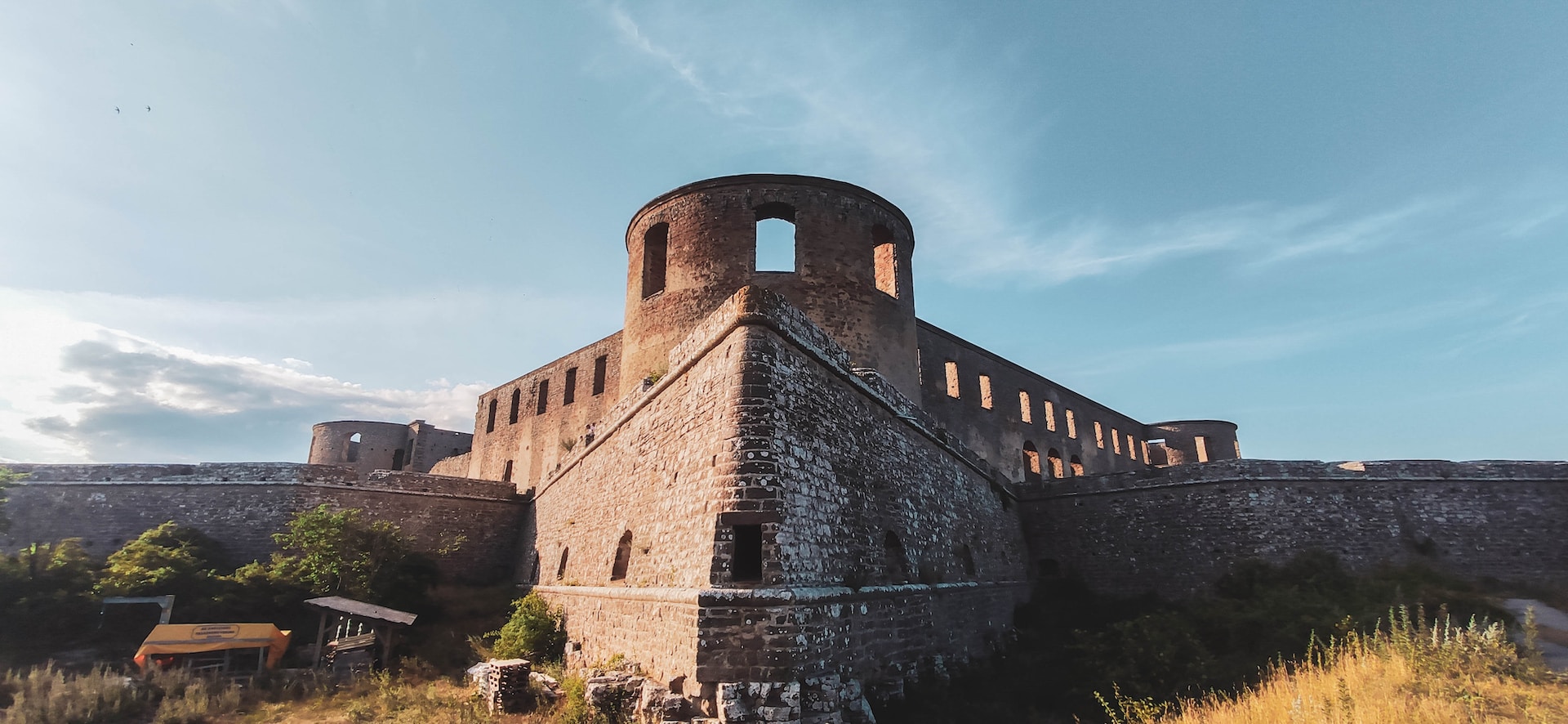Engelsberg
Admin2023-07-29T08:06:47+02:00World Heritage Site Engelsberg ironworks is considered to be one of the finest industrial monuments in the world. The first owner of the Engelsberg was Per Larsson, ennobled Gyllenhöök. In 1728, Per’s son Anders Gyllenhöök sold it to the Söderhielm family who modernised it and built a new manor house in 1746. It was then [...]
